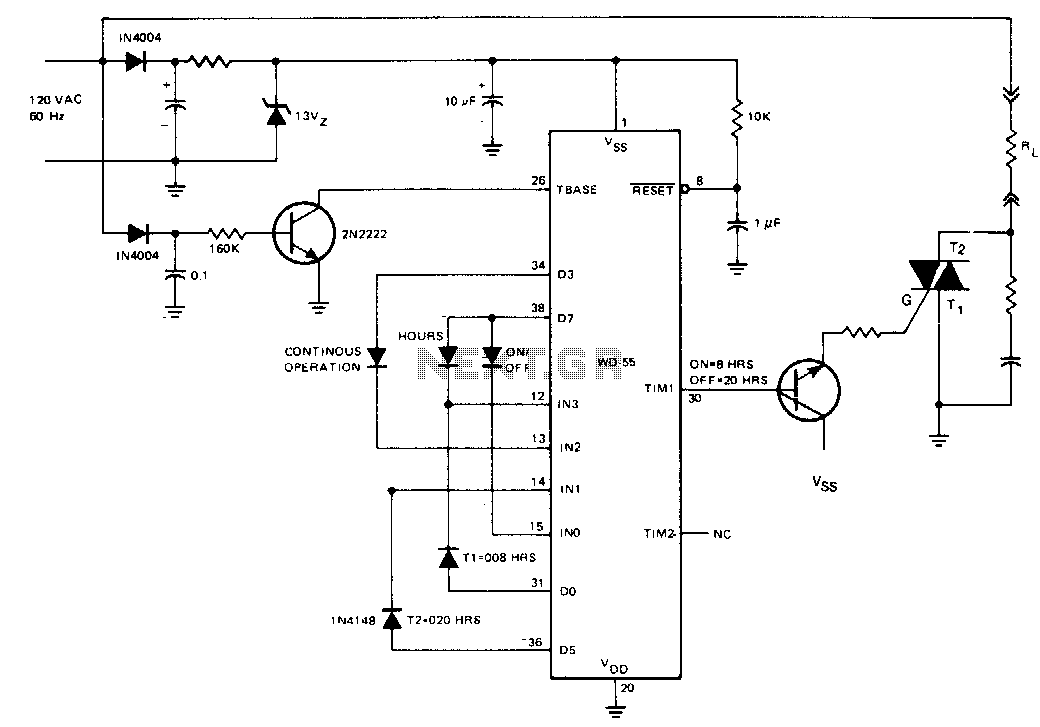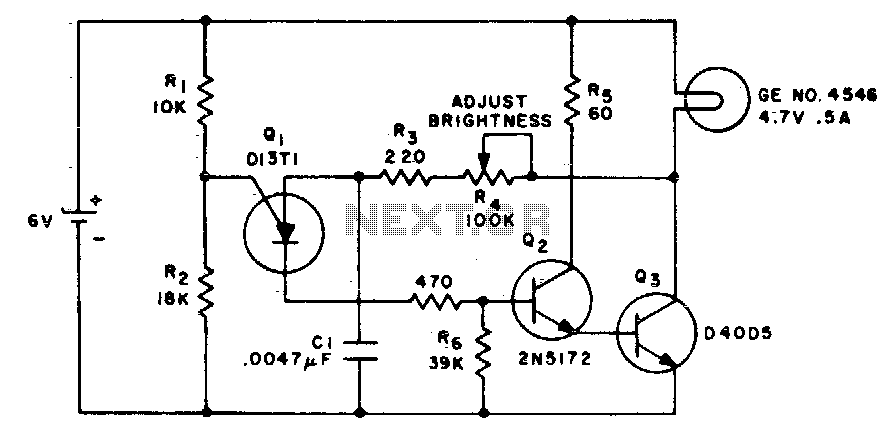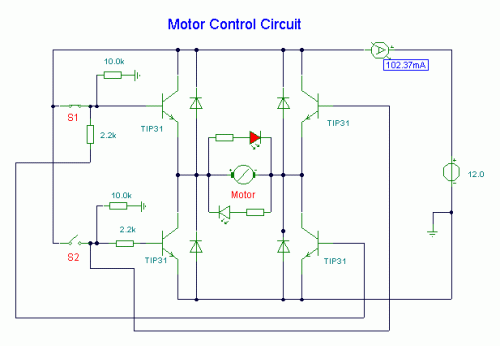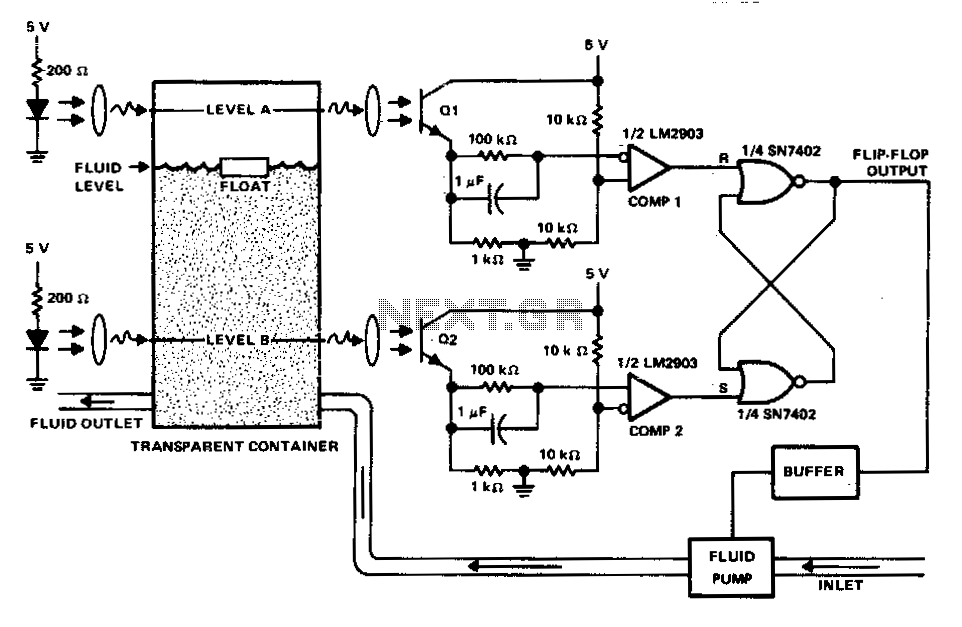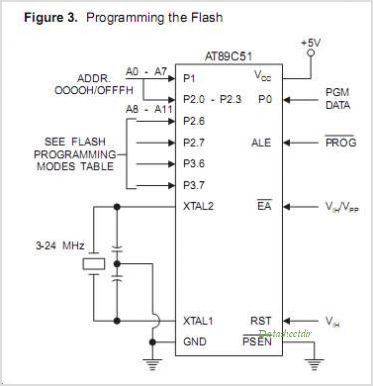
electronic volume control
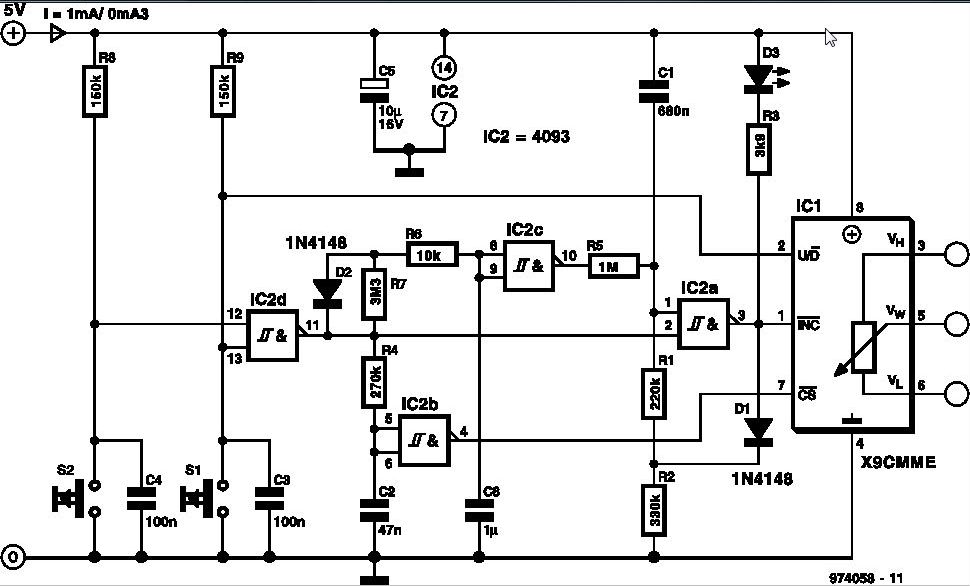
Assistance is requested for a project involving audio volume control utilizing 40 relay-operated L-pad attenuators for each stereo channel. Control will be sequentially assigned to the relay.
The proposed circuit design focuses on creating an advanced audio volume control system that leverages relay-operated L-pad attenuators. Each stereo channel will incorporate 40 individual attenuators, enabling precise control over audio levels. The L-pad configuration consists of resistors arranged to form a voltage divider, allowing for variable attenuation of the audio signal.
The relay system will facilitate the selection of different attenuation levels by engaging specific combinations of the L-pad attenuators. Each relay can be controlled by a microcontroller or a dedicated control circuit, which will manage the switching sequence to ensure smooth transitions between different volume levels.
To implement this design, a microcontroller with sufficient I/O pins to control all 80 relays (40 per channel) is required. The relays should be rated for the audio signal's voltage and current to avoid distortion or damage. Additionally, it is essential to incorporate debounce logic in the control software to prevent unintended relay activation due to noise or signal fluctuations.
Power supply considerations must also be addressed, as the relays will require a separate power source to operate effectively without interfering with the audio signal. It is advisable to use a regulated power supply to ensure stable operation.
In terms of layout, careful attention should be given to the placement of components on the PCB to minimize interference and maintain signal integrity. Shielding may be necessary to protect sensitive audio signals from external noise sources. Overall, this project presents an opportunity to develop a sophisticated volume control system that enhances audio performance through precise relay-based attenuation.Anyone able to help? The plan is an audio volume control using 40 relay-operated L-pad attenuators per stereo channel. Control is passed in succession to the relay a.. 🔗 External reference
The proposed circuit design focuses on creating an advanced audio volume control system that leverages relay-operated L-pad attenuators. Each stereo channel will incorporate 40 individual attenuators, enabling precise control over audio levels. The L-pad configuration consists of resistors arranged to form a voltage divider, allowing for variable attenuation of the audio signal.
The relay system will facilitate the selection of different attenuation levels by engaging specific combinations of the L-pad attenuators. Each relay can be controlled by a microcontroller or a dedicated control circuit, which will manage the switching sequence to ensure smooth transitions between different volume levels.
To implement this design, a microcontroller with sufficient I/O pins to control all 80 relays (40 per channel) is required. The relays should be rated for the audio signal's voltage and current to avoid distortion or damage. Additionally, it is essential to incorporate debounce logic in the control software to prevent unintended relay activation due to noise or signal fluctuations.
Power supply considerations must also be addressed, as the relays will require a separate power source to operate effectively without interfering with the audio signal. It is advisable to use a regulated power supply to ensure stable operation.
In terms of layout, careful attention should be given to the placement of components on the PCB to minimize interference and maintain signal integrity. Shielding may be necessary to protect sensitive audio signals from external noise sources. Overall, this project presents an opportunity to develop a sophisticated volume control system that enhances audio performance through precise relay-based attenuation.Anyone able to help? The plan is an audio volume control using 40 relay-operated L-pad attenuators per stereo channel. Control is passed in succession to the relay a.. 🔗 External reference
